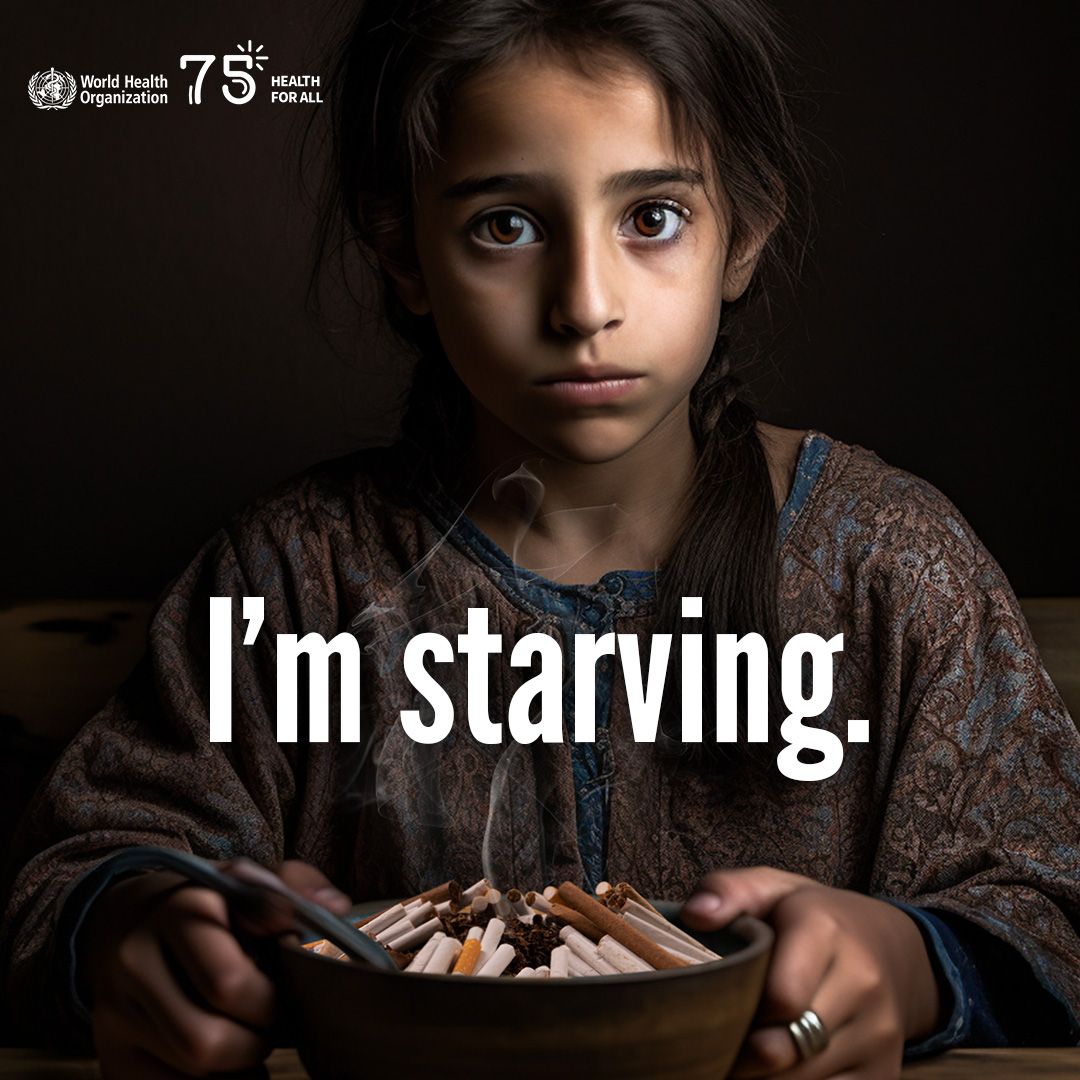
May 31 Is World No Tobacco Day
Smoking rates among U.S. adults are at an all-time low. While this is good news, smoking and tobacco use still have significant health and economic implications for the global population.
On May 31, the World Health Organization (WHO) observes World No Tobacco Day. This day is a powerful reminder of the tobacco epidemic that persists worldwide. Individuals and communities can take action against tobacco use. Also, World No Tobacco Day can empower people wanting to quit smoking for good.
Adult Smoking Rates Have Dropped
Last year, U.S. smoking rates dropped to one in nine adults or about 11%, an all-time low compared to 42% in the 1960s. However, adult use of electronic cigarettes rose to about one in 17. These findings come from a National Center for Health Statistics survey of over 27,000 adults.
Despite the drop in smoking among adults, tobacco use remains a prevalent threat to public health. According to the Centers for Disease Control and Prevention (CDC), smoking damages almost every bodily organ and is the most common cause of preventable death, disease, and disability in the U.S. Smoking also imposes an economic burden of billions of dollars each year. Although experts predict that smoking will continue to trend downward, tobacco use and nicotine addiction will continue to be problematic, especially with the prevalence of vaping.
2023 World No Tobacco Day
World No Tobacco Day is a global campaign led by the WHO to raise awareness of tobacco use’s health and economic impacts. This campaign is also calls world leaders, public health experts, agencies, and the general public to advocate for laws and policies that control tobacco propagation, marketing, and use.
This year’s theme is “Grow Food, Not Tobacco.” Over 124 countries grow and export tobacco. Tobacco displaces other crops that could feed millions of people and reduce the impact of global hunger and food insecurity. Although the tobacco industry touts the crop’s economic importance, it is not as profitable as other crops, which do not inflict the same harm on the earth and public health.
Furthermore, the tobacco industry spends considerable money and resources to promote the production of the plant, often interfering with attempts to substitute tobacco with other crops. These efforts exacerbate the growing global hunger crisis.
One of the objectives of World No Tobacco Day is to encourage governments to discontinue subsidies for tobacco companies and redirect those resources to other growers. Governments and agencies worldwide advocate for shifting from tobacco to healthier, productive crops.
Providing assistance to farmers to grow other food products can improve the living conditions of farm families and feed more people experiencing hunger and poverty. The campaign also mobilizes efforts to expose the tobacco industry’s attempts to obstruct more sustainable modes of farming.
How to Quit Smoking or Support Someone Trying to Stop
If you or someone you know currently smokes, quitting may be the toughest thing to accomplish. However, it is never too late to stop smoking with support, knowledge, and the right resources. If you commit to smoking cessation, chances are you can quit for good. According to the CDC, since 2002, there have been more former smokers than current smokers.
While cessation earlier in life yields more significant improvements, quitting at any age benefits your well-being. As soon as you stop smoking, you will notice some health benefits, such as a lower heart rate. Quitting also:
- Adds up to 10 years to your life expectancy
- Reduces your risk of some cancers
- Improves your reproductive health
- Lowers the risk of chronic obstructive pulmonary disease (COPD)
- Improves health among people who already have cardiovascular disease or COPD
- Decreases the healthcare costs and other financial burdens
More than half of smokers report trying to quit the previous year. Quitting will likely not be easy, but there are several strategies that can help:
- Tell people close to you that you are quitting, and enlist their help.
- Gradually reduce the locations you “allow” yourself to smoke.
- Remove all cigarettes or other tobacco products from your home, car, and place of employment.
- Wash your clothes to get rid of the smell of cigarette smoke.
- Inform your healthcare provider of your intent to quit so that they can provide encouragement, advice, and resources.
- Avoid activities, places, or situations that trigger your nicotine cravings.
- Use smoking substitutes like sunflower seeds, gum, toothpicks, or other things to occupy your hands.
- Consider nicotine replacement therapies if quitting becomes challenging. Ask your doctor about nicotine gum, patches, or other medicines to see if they are right for you.
If you need help quitting, there are several forms of support. You can call 1-800-QUIT-NOW (1-800-784-8669) for free coaching, assistance with developing a quit plan, and referrals to local resources. Also, the CDC suggests the following strategies for seeking support:
- Talk to a counselor or join a support group.
- Sign up for free text alerts at SmokefreeTXT.
- Download the quitSTART app to get tips, daily challenges, and words of inspiration.
Health communication specialists and educators can also retrieve resources to promote smoking cessation. The CDC provides multimedia tools to aid in education and community outreach. Tools include infographics, videos, shareable media, publications, and other resources. Health communication professionals can also access the CDC’s Media Campaign Resource Center for more campaign materials.
Research and materials for this article were compiled, written, and distributed on behalf of the National Public Health Information Coalition. The views and opinions expressed in this blog are those of the various authors and do not necessarily reflect the official policy or position of the National Public Health Information Coalition or its members.
References
- https://apnews.com/article/how-many-people-smoke-us-64987fe2b7bf764c64d4594e5b02e6ea?utmsource=homepage&utmmedium=TopNews&utmcampaign=position07
- https://www.cdc.gov/tobacco/datastatistics/factsheets/cessation/smoking-cessation-fast-facts/index.html

